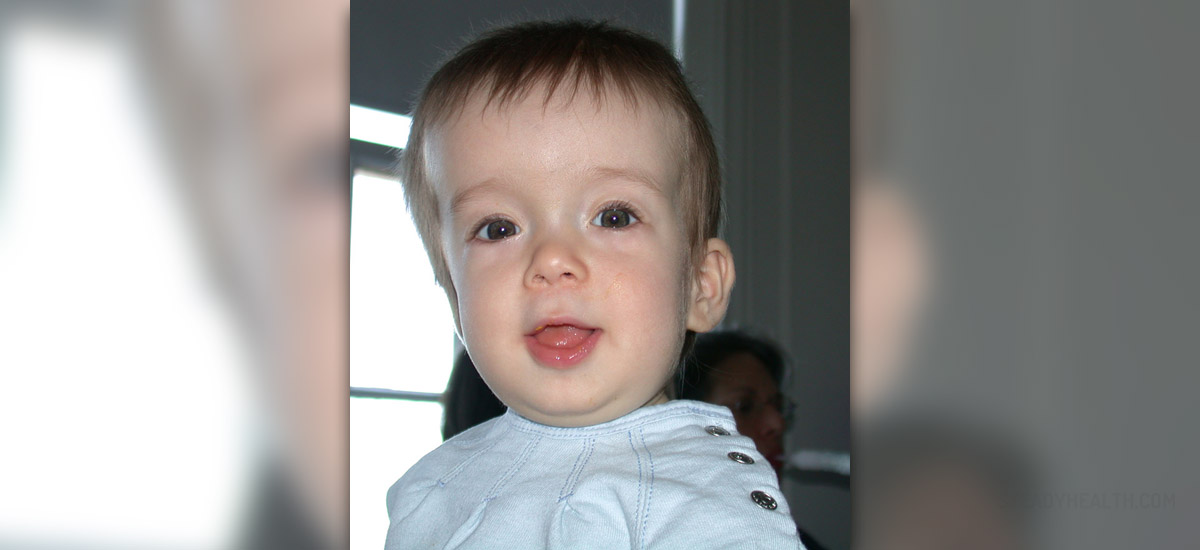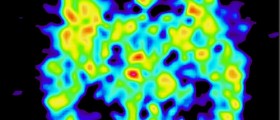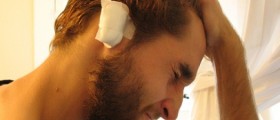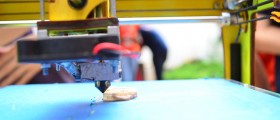
The skull of infants is made up of bone plates which are divided by fibrous joints, also called sutures. As the baby develops these sutures close up making the skull one whole bone piece. If the sutures close earlier than they are supposed to, it makes the pressure in the head which can cause problems with brain development and formation of the skull. This condition is called craniosynostosis and the most obvious symptom is an abnormal or asymmetric head shape. In some cases craniosynostosis can be inherited but in most cases the cause is unknown. Craniosynostosis only affects 0,2 percent of infants and in is more common in males than in females. It can be diagnosed by physical examination (measuring the head), x-rays and CT scan.
The best treatment for craniosynostosis is a surgery. The surgery is recommended to be done in the first year of the child's life because the bones of the skull are softer and this makes it easier to work on them and to bring them to normal shape and to release the pressure from the brain which are the aims of the surgery. The complexity of the surgery depends on the severity of the condition, especially if the face features are affected by craniosynostosis. The surgery begins with a cut which goes across the top of the head from ear to ear. The skull is separated and then put back together in the right shape. The surgery is performed by a team of experts and specialists in various areas of expertise, who provide the best results and the safe outcome.
It is necessary for the baby to stay in the hospital for a couple of days after the surgery. The side effects will go away completely after several weeks because swelling takes a long time to heal. In some cases the patient must wear a special head band. The doctor will explain the treatment in details, especially how to take care of the child after the surgery. Complications which can appear after the surgery can be high fever, headache, irritated or infected part of the skin where the cut was made, tiredness and vomiting.
The chances of full recovery from craniosynostosis depend on the condition, treatment and early detection. Sometimes craniosynostosis can cause problems with development. In some cases even after the surgery has been performed, the growth of the brain can still cause the enlargement of the skull but another surgery can be done to bring the head to its normal shape.
















Your thoughts on this
Loading...